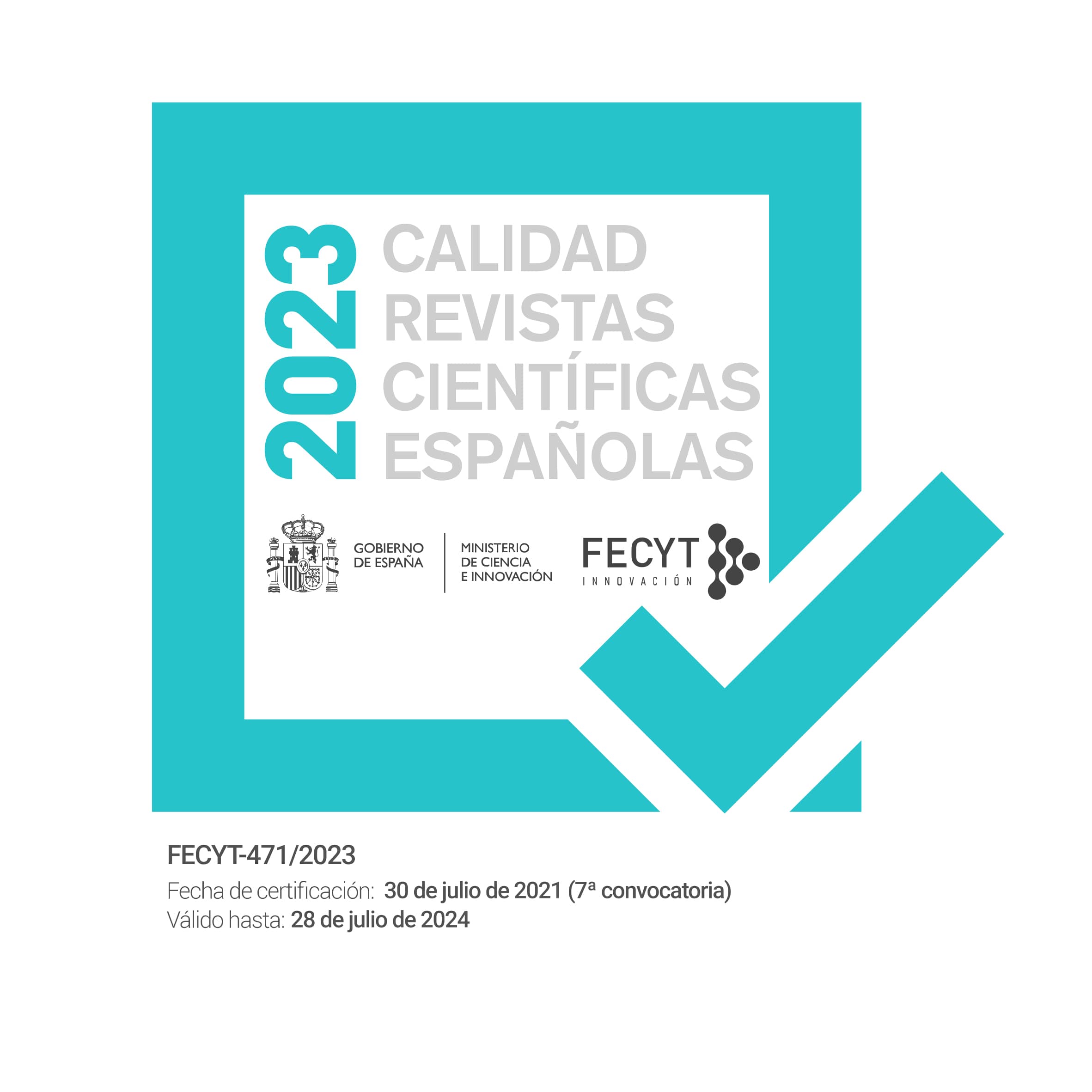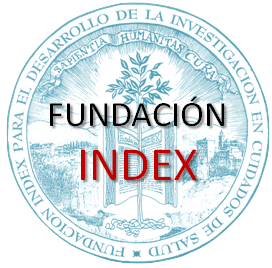Identificación del riesgo para el desarrollo de la Diabetes Mellitus en usuarios de Atención Básica de Salud
Resumen
Objetivo: Identificar el riesgo para el desarrollo de la diabetes mellitus tipo 2 en los usuarios de la red de atención primaria de salud.
Método: Estudio transversal, descriptivo, con abordaje cuantitativo, constituido por 266 usuarios registrados en unidades de salud de la familia. Se utilizaron dos instrumentos. El primero, cuestionario compuesto por variables sociodemográficas: sexo, edad, estado civil, escolaridad. El segundo, la escala Finnish Diabetes Risk Score. Para el análisis, se utilizó la estadística inferencial, con el cálculo de las razones de prevalencias brutas con intervalo de confianza del 95%.
Resultados: El riesgo bajo se encontró en 43 (16,2%) de los entrevistados y el riesgo muy alto encontrado en 4 (1,5%). La mayoría de los participantes presentaron un riesgo discretamente elevado 83 (31,2%). Se ha observado asociación estadísticamente significativa en las prevalencias de los factores de riesgo: edad aumentada, sobrepeso, obesidad, circunferencia abdominal aumentada, inactividad física, ingesta no habitual de legumbres y frutas, uso de medicación para hipertensión, antecedentes personales de hiperglucemia e historial familiar de diabetes mellitus tipo 2.
Conclusión: El estudio mostró que todos los investigadores presentaron algún riesgo para el desarrollo de la diabetes mellitus tipo 2 y que varios factores de riesgo estuvieron presentes en los mismos, así pues, justificar la importancia del rastreo como una acción preventiva.
Descargas
Las obras que se publican en esta revista están sujetas a los siguientes términos:
1. El Servicio de Publicaciones de la Universidad de Murcia (la editorial) conserva los derechos patrimoniales (copyright) de las obras publicadas, y favorece y permite la reutilización de las mismas bajo la licencia de uso indicada en el punto 2.
© Servicio de Publicaciones, Universidad de Murcia, 2018
2. Las obras se publican en la edición electrónica de la revista bajo una licencia Creative Commons Reconocimiento-NoComercial-SinObraDerivada 4.0 España (texto legal). Se pueden copiar, usar, difundir, transmitir y exponer públicamente, siempre que: i) se cite la autoría y la fuente original de su publicación (revista, editorial y URL de la obra); ii) no se usen para fines comerciales; iii) se mencione la existencia y especificaciones de esta licencia de uso.
3. Condiciones de auto-archivo. Se permite y se anima a los autores a difundir electrónicamente las versiones pre-print (versión antes de ser evaluada y enviada a la revista) y/o post-print (versión evaluada y aceptada para su publicación) de sus obras antes de su publicación, ya que favorece su circulación y difusión más temprana y con ello un posible aumento en su citación y alcance entre la comunidad académica. Color RoMEO: verde.













